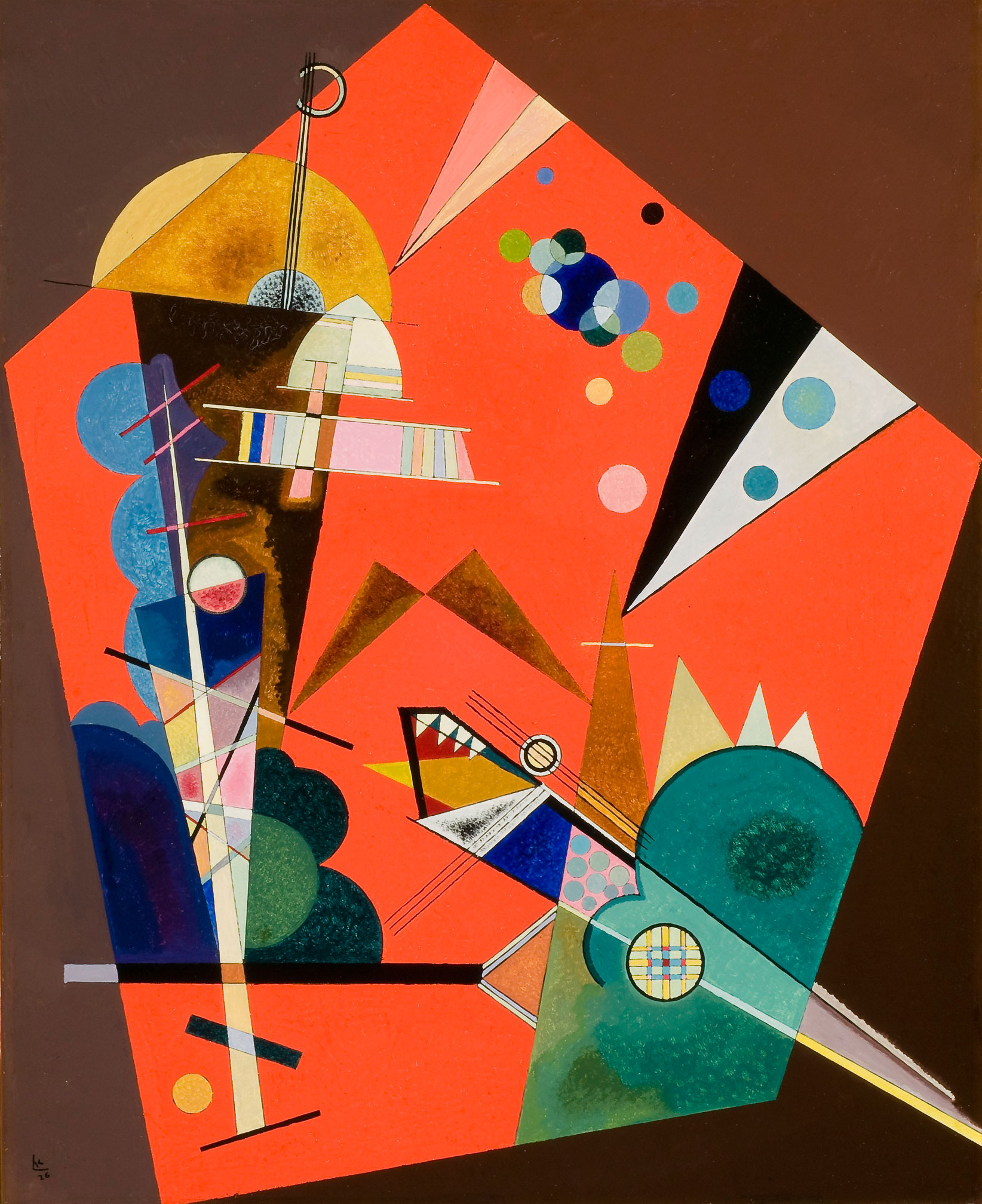Cercle et Carré and the International Spirit of Abstract Art, the first major exhibition in the U.S. devoted to the art and activities of the group Cercle et Carré, will be on display at the Georgia Museum of Art Oct. 12 to Jan. 5.
“The exhibition will allow visitors the opportunity to view a dynamic assembly of abstract works of art rarely seen as a group and seldom discussed in relation to one another for more than 80 years,” said Lynn Boland, Pierre Daura Curator of European Art, who organized the exhibition.
In conjunction with the exhibition, the art museum will host a symposium Oct. 11 from 10 a.m. to 12:30 p.m. Open free to the public, the symposium will feature four scholars who will give presentations on this forgotten movement.
Cercle et Carré (which translates as Circle and Square) was founded in 1929 by Belgian artist and critic Michel Seuphor, Uruguayan-Catalan artist Joaquín Torres-García and Catalan-American artist Pierre Daura. Consisting of about 80 artists, the group formed in opposition to surrealism and, in its own words, to promote “structure and construction.”
Members, including Wassily Kandinsky, Le Corbusier, Fernand Léger, Piet Mondrian, Kurt Schwitters and Sophie Taueber-Arp, sought to develop the theories of abstract art first advocated in the circles of Russian Constructivism and Dutch De Stijl.
In addition to publishing a periodical to broadcast its theories and feature its works, the group staged an international exhibition of abstract art in Paris from April 18 to May 1, 1930. Now recognized as a landmark event in the history of modernism in general and abstraction in particular, the exhibition included 130 works by 46 members of the group, diverse in nationality, style and medium.
Organized around the works displayed in the original 1930 Paris venue and featured in the three issues of the group’s periodical, Cercle et Carré and the International Spirit of Abstract Art offers an alternative to previous exhibitions that have categorized modern art by nation, an approach that further isolates and privileges only popular artists in the field.


